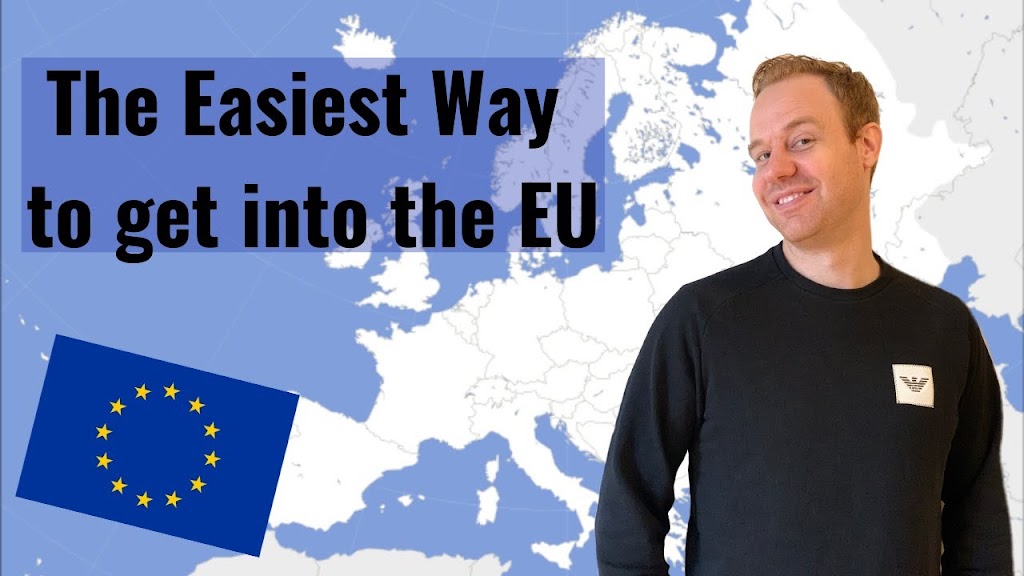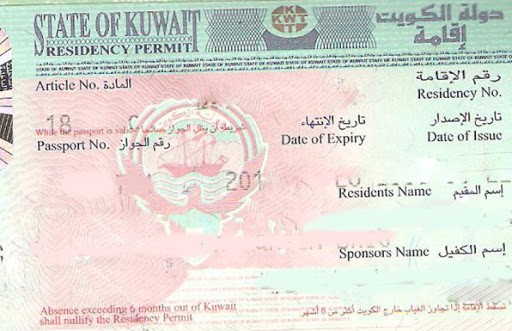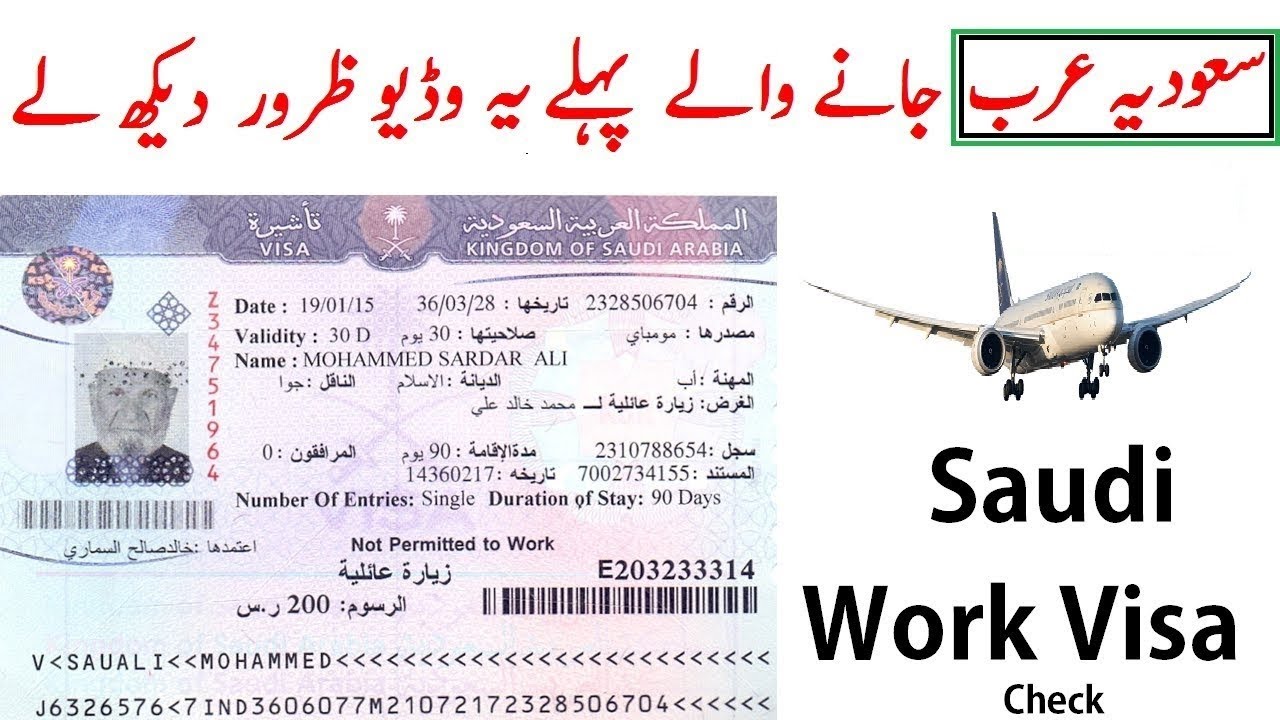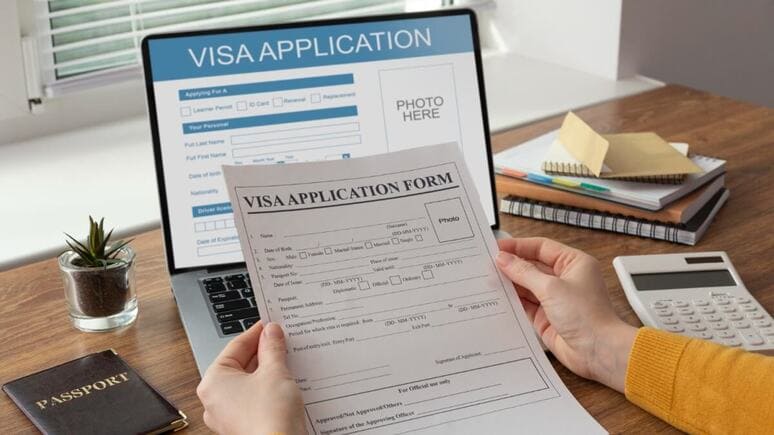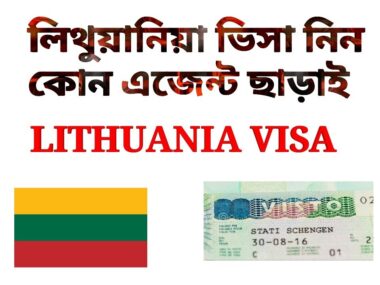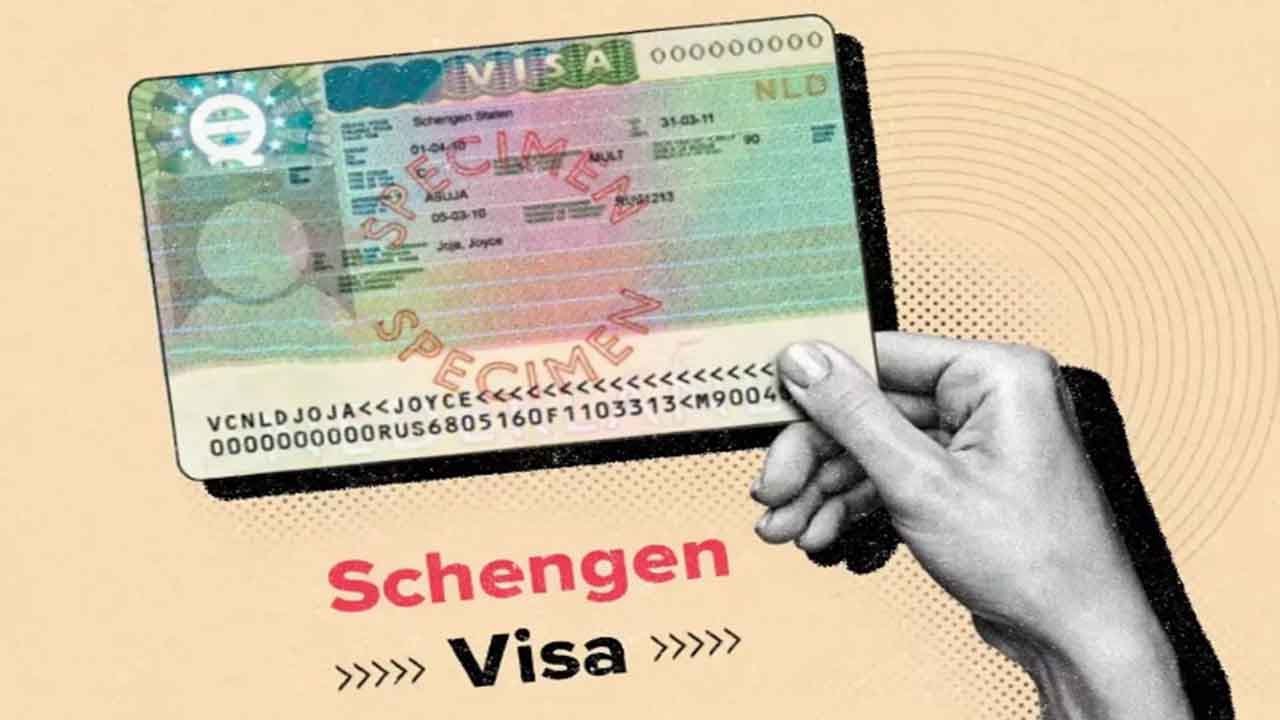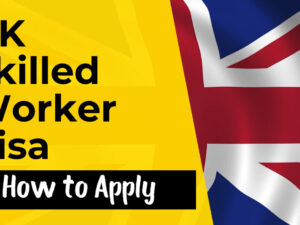Dreaming of a career in Europe? Picture yourself sipping espresso in a Parisian café, coding in Berlin’s tech hub, or teaching in the historic streets of Rome. Europe’s vibrant economies, rich cultures, and unparalleled work-life balance make it a magnet for professionals worldwide. But to turn this dream into reality, you’ll need a work visa—a golden ticket to legally live and work in the European Union (EU) or other European countries. Navigating the visa process can feel like deciphering a labyrinth, but with the right guidance, it’s an achievable goal.
This comprehensive article will walk you through the ins and outs of securing a work visa for Europe in 2025. From understanding eligibility requirements to mastering the application process, we’ve got you covered with practical advice, insider tips, and inspiring stories from expats who’ve made the leap. Whether you’re a skilled professional, a freelancer, or a recent graduate, this guide is designed to empower you to take action and start your European adventure.
Why Work in Europe in 2025?
Europe is a land of opportunity, blending cutting-edge industries with a commitment to quality of life. In 2025, the continent continues to attract global talent with:
-
Thriving Job Markets: Tech hubs like Amsterdam, financial centers like Frankfurt, and creative industries in Copenhagen are booming.
-
Work-Life Balance: Countries like Denmark and the Netherlands lead globally in work-life balance, with shorter workweeks and generous vacation policies.
-
Cultural Riches: From Italy’s art-filled cities to Iceland’s natural wonders, Europe offers a lifestyle that’s as enriching as it is exciting.
-
Diverse Visa Options: The EU Blue Card, national work visas, and digital nomad permits cater to various professions and goals.
But before you pack your bags, let’s dive into the nitty-gritty of securing that all-important work visa.
Image: A bustling European city, where opportunity meets culture.
Understanding European Work Visas: The Basics
Europe isn’t a single entity when it comes to immigration. The continent comprises the 27 EU member states, plus non-EU countries like Norway, Switzerland, and the UK, each with its own visa policies. There’s no one-size-fits-all “Europe work visa,” so you’ll need to target the country where you plan to work. Here’s a quick overview of the main visa types:
-
EU Blue Card: A work permit for highly skilled non-EU nationals, valid in 25 EU countries (excluding Denmark, Ireland, and the UK). Ideal for professionals with a university degree and a job offer meeting salary thresholds.
-
National Work Visas: Each country offers its own work permits, tailored to specific needs, such as Germany’s IT professional visa or Spain’s Highly Qualified Migrant Visa.
-
Digital Nomad Visas: Countries like Estonia, Portugal, and Spain offer visas for remote workers and freelancers.
-
Short-Stay Schengen Work Visas: For temporary work (up to 90 days in 180 days) in the Schengen Area.
-
Jobseeker Visas: Available in countries like Germany and Austria, allowing you to enter and search for work for up to six months.
Each visa has unique requirements, but most share common criteria: a job offer, relevant qualifications, and proof of financial stability. Let’s explore these in detail.
Step-by-Step Guide to Getting a Work Visa for Europe in 2025
Step 1: Research Your Target Country and Visa Options
Your journey begins with research. Each European country has distinct immigration policies, job markets, and visa requirements. Start by identifying where you want to work based on your profession, language skills, and lifestyle preferences.
-
Tech Professionals: Consider Germany, the Netherlands, or Estonia, known for vibrant tech scenes and visa-friendly policies.
-
Creative Industries: France, Spain, and Italy offer opportunities in arts, fashion, and media.
-
Finance and Business: Switzerland, Luxembourg, and the UK are financial powerhouses.
-
Freelancers and Remote Workers: Portugal, Spain, and Norway have digital nomad visas.
Pro Tip: Check official government websites, such as Germany’s Make it in Germany or the EU’s Your Europe, for accurate, up-to-date information.
Step 2: Secure a Job Offer
A job offer is the cornerstone of most work visa applications. Without it, your chances of securing a visa are slim, except for jobseeker or digital nomad visas. Here’s how to land a job in Europe:
-
Leverage Online Platforms: Use job boards like Eurojobs, LinkedIn, and Glassdoor to find openings with visa sponsorship. Local platforms, such as StepStone (Germany) or InfoJobs (Spain), are also valuable.
-
Network: Join expat communities on Reddit’s r/Expats or InterNations to connect with professionals in your field.
-
Contact Companies Directly: Research companies in your industry and inquire about visa sponsorship. Highlight your unique skills and why you’d be an asset.
-
Work with Recruiters: Agencies specializing in international recruitment, like Emerald Technology, can match you with visa-sponsoring employers.
Success Story: Maria, a software engineer from Brazil, landed a job in Amsterdam by attending virtual tech meetups hosted by Dutch startups. “I built relationships online, and one connection led to an interview with a company that sponsored my visa,” she shares.
Step 3: Check Eligibility Requirements
Once you have a job offer, confirm you meet the visa’s eligibility criteria. Common requirements include:
-
Qualifications: A bachelor’s degree or equivalent experience, especially for the EU Blue Card or skilled worker visas. Some countries, like Germany, accept IT professionals without formal degrees if they have significant experience.
-
Salary Thresholds: The EU Blue Card requires a gross annual salary of at least €48,300 in 2025 (or €43,759.80 for recent graduates). National visas have varying thresholds.
-
Language Proficiency: Some visas require proficiency in the local language or English, typically at B1 or higher on the CEFR scale.
-
Clean Criminal Record: Most countries require a police clearance certificate.
-
Health Insurance: Proof of coverage for your stay is mandatory.
-
Financial Stability: Evidence of sufficient funds, often via a blocked bank account (Sperrkonto) for jobseeker visas.
Example: To qualify for Germany’s EU Blue Card, you need a recognized degree, a job offer with a minimum salary of €48,300, and, for regulated professions like medicine, a license to practice.
Step 4: Gather Required Documents
Documentation is the backbone of your visa application. Missing or incorrect documents can lead to delays or rejection. Here’s a typical checklist:
-
Valid Passport: Must be valid for at least six months beyond your intended stay.
-
Completed Application Form: Available on the embassy or consulate website.
-
Two Passport-Sized Photos: Adhering to specific size and background requirements.
-
Job Offer or Employment Contract: Detailing your role, salary, and contract duration.
-
Academic and Professional Certificates: Translated and apostilled if required.
-
Proof of Health Insurance: Covering your entire stay.
-
Proof of Accommodation: A rental agreement or letter from your employer.
-
CV and Cover Letter: Highlighting your qualifications and fit for the role.
-
Visa Fee Payment: Fees vary by country (e.g., €190 for a Spain work visa for US citizens).
Pro Tip: Double-check document requirements on the official embassy website of your target country. Some countries, like Spain, require documents to be translated into the local language.
Step 5: Submit Your Application
Most work visa applications are submitted through the embassy or consulate of the country where you’ll work, or via a visa application center like VFS Global. Follow these steps:
-
Schedule an Appointment: Book online or by phone, as wait times can be long.
-
Submit Documents: Present your application package in person or, in some cases, online.
-
Attend an Interview: Be prepared to discuss your job, qualifications, and plans in Europe.
-
Pay the Visa Fee: Fees range from €60 to €190, depending on the country and visa type.
-
Provide Biometrics: Fingerprints and a photo are typically required.
Timeline: Processing times vary from 1 to 4 months, so apply at least two months before your intended travel date. Some countries, like Estonia, offer faster processing (as little as two weeks).
Step 6: Await Approval and Prepare for Arrival
Once your application is submitted, you’ll receive a tracking number to monitor its status. If approved, you’ll receive a visa sticker in your passport or a separate permit. Before you board your flight:
-
Validate Your Visa: Some countries, like Spain, require you to validate your visa within three months of arrival.
-
Arrange Housing: Secure a place to live, as this may be required for residence registration.
-
Learn the Language: Even basic phrases in the local language can ease your transition.
-
Understand Labor Laws: Familiarize yourself with your rights, such as Luxembourg’s 40-hour workweek and four weeks of paid vacation.
Success Story: Ahmed, a marketing manager from Egypt, secured a job in Sweden after months of preparation. “The wait was nerve-wracking, but learning Swedish basics and researching Stockholm’s rental market made my move seamless,” he says.
Popular Work Visa Options in 2025
EU Blue Card
The EU Blue Card is the gold standard for highly skilled professionals. Available in 25 EU countries, it offers:
-
Eligibility: A university degree, a job offer with a minimum salary (€48,300 in 2025), and relevant experience.
-
Benefits: Intra-EU mobility, family reunification, and a path to permanent residency after 27 months with A1 German language skills (in Germany).
-
Processing Time: 1–3 months.
-
Cost: €80–€140, depending on the country.
Best for: Engineers, doctors, and IT professionals.
National Work Visas
Each country offers unique visas tailored to its labor needs. Here are some highlights:
-
Germany: Offers visas for qualified professionals, freelancers, and jobseekers. The IT professional visa is ideal for those without formal degrees but with experience.
-
Netherlands: The Highly Skilled Migrant Visa targets professionals with a university degree and a job offer paying at least €35,736.
-
Spain: The Highly Qualified Migrant Visa is for skilled workers with a degree and a competitive salary.
-
Estonia: Known for its straightforward D work visa, with an 87% approval rate.
Digital Nomad Visas
For freelancers and remote workers, digital nomad visas are a game-changer. Top options include:
-
Portugal: Requires a minimum income of €3,280/month and proof of remote work.
-
Spain: Anticipated to be fully operational in 2025, with residency rights for at least one year.
-
Norway (Svalbard): Offers lifelong residency for digital nomads, ideal for those seeking a unique Arctic experience.
Challenges and How to Overcome Them
Common Challenges
-
Visa Rejections: Often due to incomplete documentation or failure to meet salary thresholds.
-
Language Barriers: Jobs in non-English-speaking countries may require local language skills.
-
Processing Delays: Backlogs can extend wait times beyond four months.
-
High Costs: Visa fees, translations, and relocation expenses add up.
Solutions
-
Double-Check Documents: Work with a professional translator or immigration consultant to ensure accuracy.
-
Learn the Language: Use apps like Duolingo or take courses to boost your proficiency.
-
Apply Early: Submit your application at least three months before your planned move.
-
Explore Alternatives: If your employer can’t sponsor a visa, consider Employer of Record (EOR) services or freelance visas.
Pro Tip: If your visa is rejected, review the rejection letter for specific reasons and address them in a new application.
FAQs About Getting a Work Visa for Europe in 2025
Q: Do I need a work visa to work in Europe?
A: Yes, if you’re a non-EU/EEA citizen, you need a work visa to work legally in most European countries. EU/EEA and Swiss citizens enjoy freedom of movement and don’t require visas.
Q: How long does it take to get a work visa?
A: Processing times vary from 1 to 4 months, depending on the country and visa type. Apply at least two months in advance to avoid delays.
Q: Can I apply for a work visa without a job offer?
A: In most cases, a job offer is required. However, jobseeker visas (e.g., Germany, Austria) and digital nomad visas allow entry without a job.
Q: How much does a work visa cost?
A: Fees range from €60 to €190, depending on the country and visa type. Additional costs include document translations, health insurance, and travel.
Q: Can I bring my family with a work visa?
A: Many visas, like the EU Blue Card and Netherlands’ Highly Skilled Migrant Visa, allow family reunification. Check country-specific rules for details.
Insider Tips for Success
-
Tailor Your Application: Customize your CV and cover letter to highlight skills in demand in your target country.
-
Seek Professional Help: Immigration consultants can streamline the process, especially for complex cases.
-
Stay Updated: Visa rules change frequently. Follow official government portals and expat forums for the latest news.
-
Build a Support Network: Connect with expats in your destination city for advice on housing, culture, and integration.
-
Be Patient: The process can be slow, but persistence pays off.
Conclusion:
Securing a work visa for Europe in 2025 is a journey that requires planning, patience, and perseverance. But the reward—a fulfilling career, a vibrant lifestyle, and the chance to immerse yourself in Europe’s diverse cultures—is worth every effort. Whether you’re eyeing the EU Blue Card, a national work visa, or a digital nomad permit, the steps outlined in this guide will set you on the path to success.
Call to Action: Don’t wait to chase your European dream. Start researching job opportunities, connect with employers, and prepare your documents today. Your new life in Europe is closer than you think—take the first step now!
